Mori no Michi
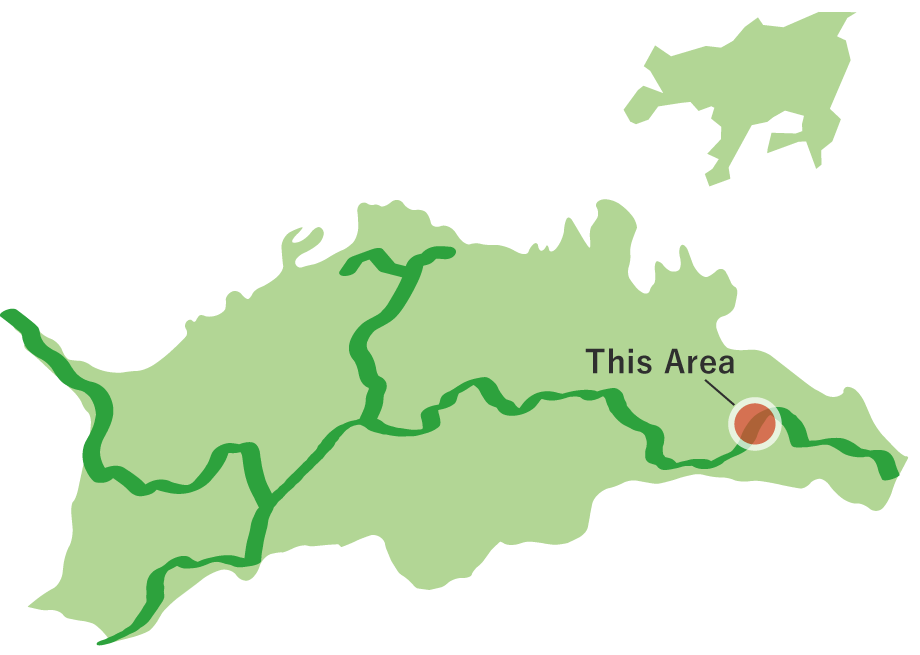
Mori no Michi
Mori no Michi is a smooth trail in general, and it takes about 2 and a half hours to complete it at a leisurely pace while taking breaks. The starting point, Sanpoji Temple, is home to the beautiful Bodaiju tree (Tilia miqueliana) that has been designated as a natural monument by the Prefecture. Located midway in the trail, Ouchi Dam offers a beautiful view of the lush green surrounding mountains reflected on its calm water surface. The nearby Ouchi Dam Park has a lawn area and playground equipment where you can fully enjoy nature and spend time relaxing while feeling the pleasant breeze.
Mori no Michi(7.1km)

 Spots to photograph
Spots to photograph
If you wish to receive a certificate, please take a photo that includes yourself at the designated photo point for each course.
Nearby sightseeing spots

-
1
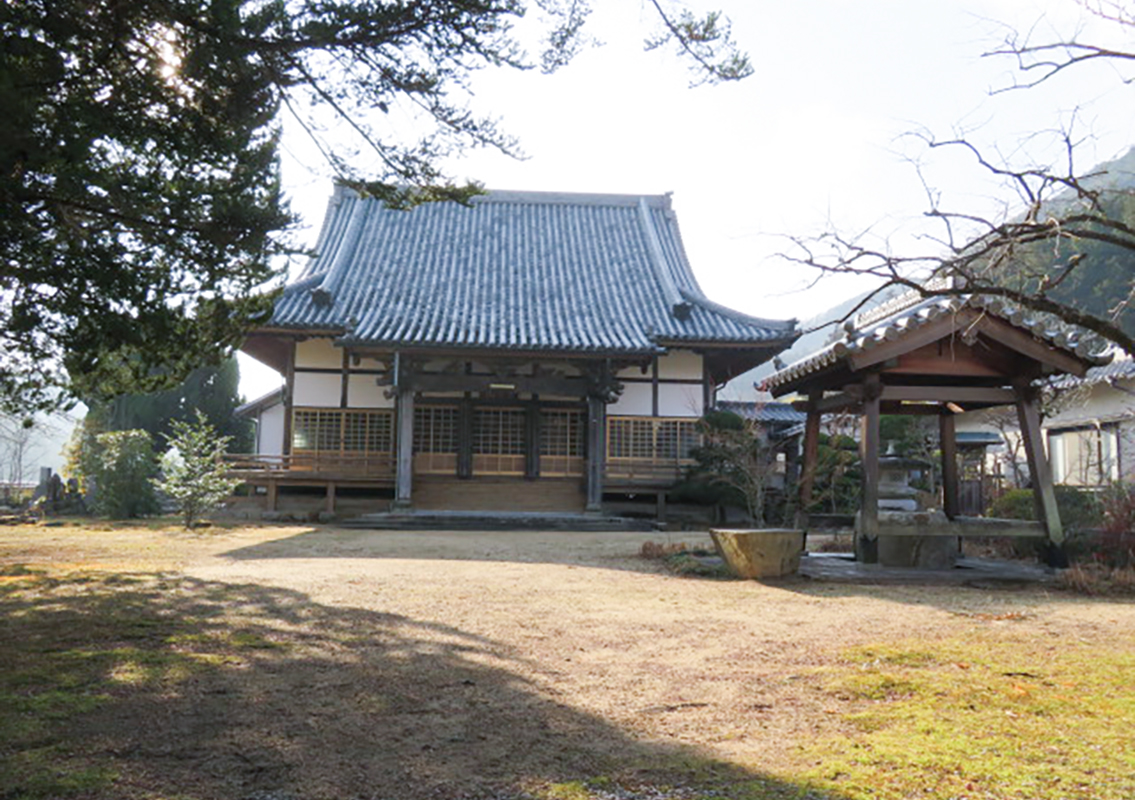 Sanpoji Temple (Sanpouji)
Sanpoji Temple (Sanpouji)The temple's honorific mountain prefix is Ryuozan Hodoin. The beautiful Bodaiju tree (Tilia miqueliana) in the temple grounds has been designated as a natural monument by the Prefecture. Its pale yellow flowers are in full bloom in mid-June, and their faintly sweet scent wafts around the area. There is a Chisha tree (Ehretia acuminata) on the temple grounds, close to the south side of the shrine, which has been designated as a preserved tree in Kagawa. You will also find graves of Christians here.
-
2
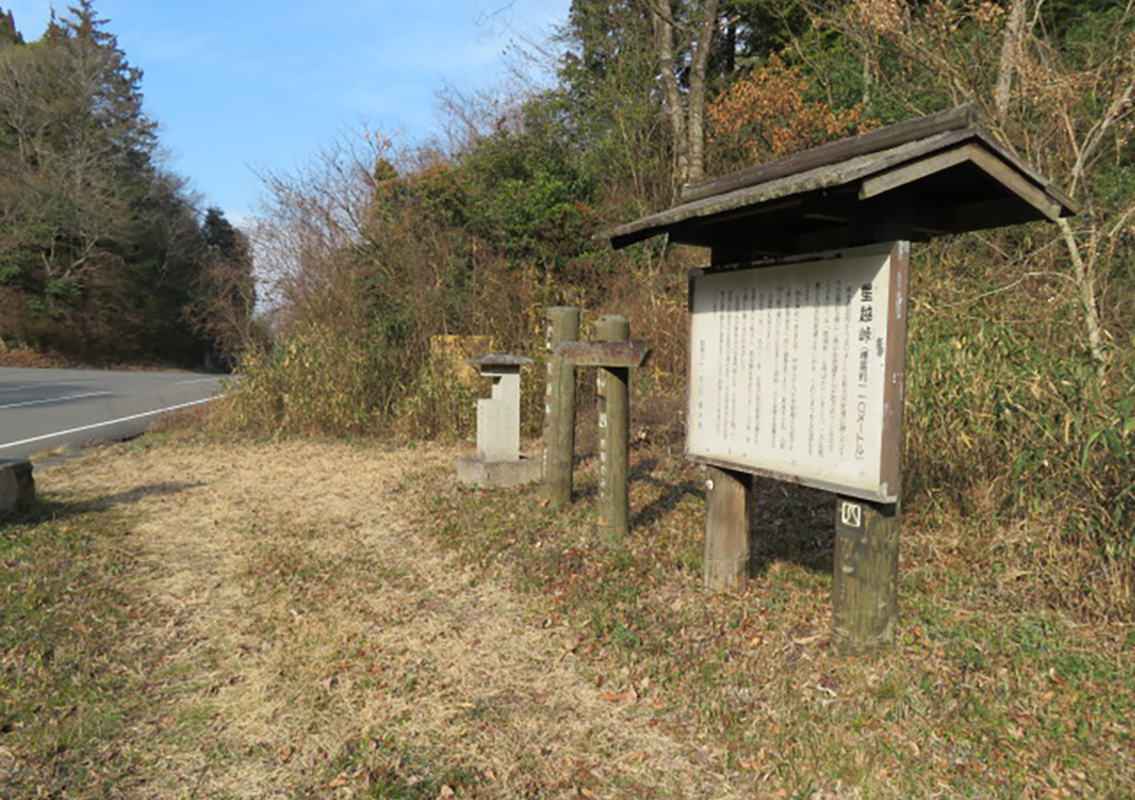 Hoshigoetoge Pass
Hoshigoetoge PassThis pilgrimage route is used by pilgrims going to the Mizushi Shrine and by those going to the Okunoin Yodaji Temple from Okuboji Temple, the last temple of the 88 temples in the Shikoku Pilgrimage. In the past, it seems to have been a "Bokka" (cargo carried by people) road for merchants to travel back and forth between Awa, Gomyo, and Nyunoyama. The route was also called "Jizo Pass" because two Ojizosan statues are enshrined on the left side of the trail, about 50 m from the south side of the pass to the north. These Ojizosan statues are also called Kubikiri Jizo and are still worshiped today.
-
3
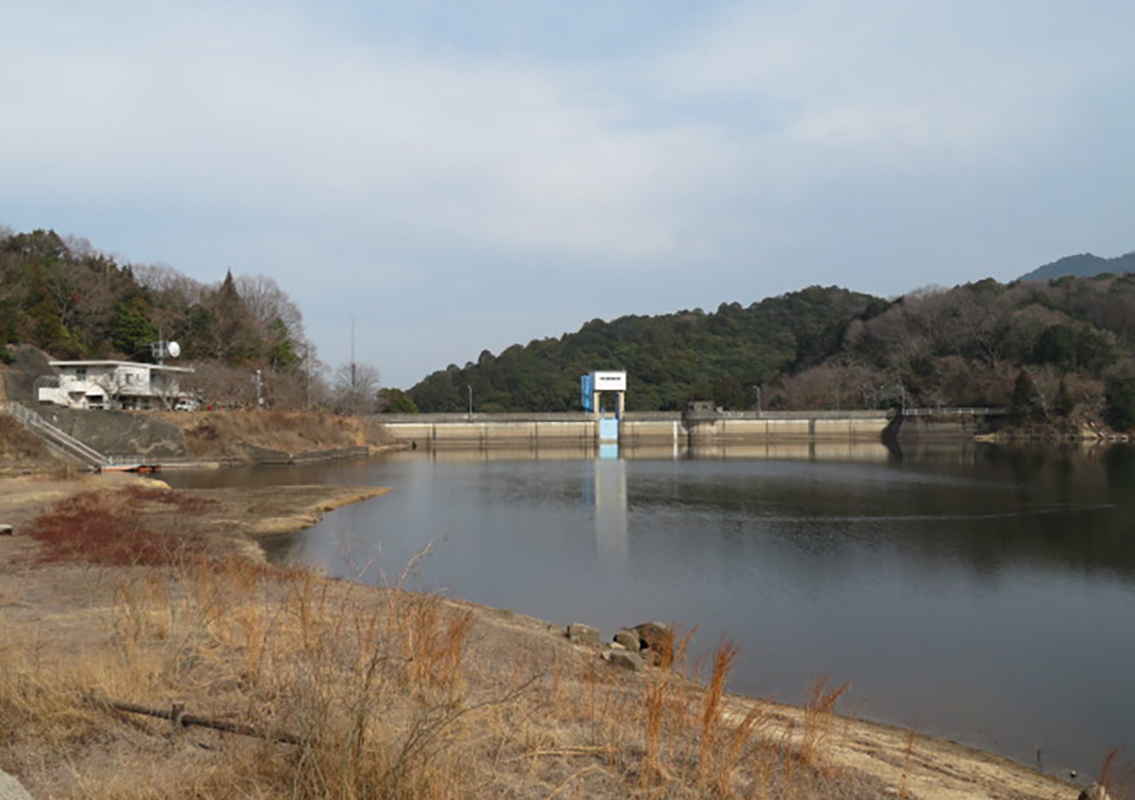 Ouchi Dam
Ouchi DamOuchi is a multipurpose dam that was completed in Showa 41 (1966) to improve flood control safety in the Yoda River basin, replenish water for agricultural use, and secure a new water source. The contrast between the surrounding mountains and the lake is beautiful, and the cherry blossoms and autumn scenery are also highlights of this place. Listening to the chirping of birds and enjoying the sound of the wind while looking at the beautiful reflection of the mountains on the lake's surface will soothe your soul. The Ouchi Dam Park is nearby. It has a lawn area and playground equipment where you can enjoy various recreational activities. You must spend some relaxing time in this space, surrounded by lush nature while feeling the pleasant breeze.
-
4
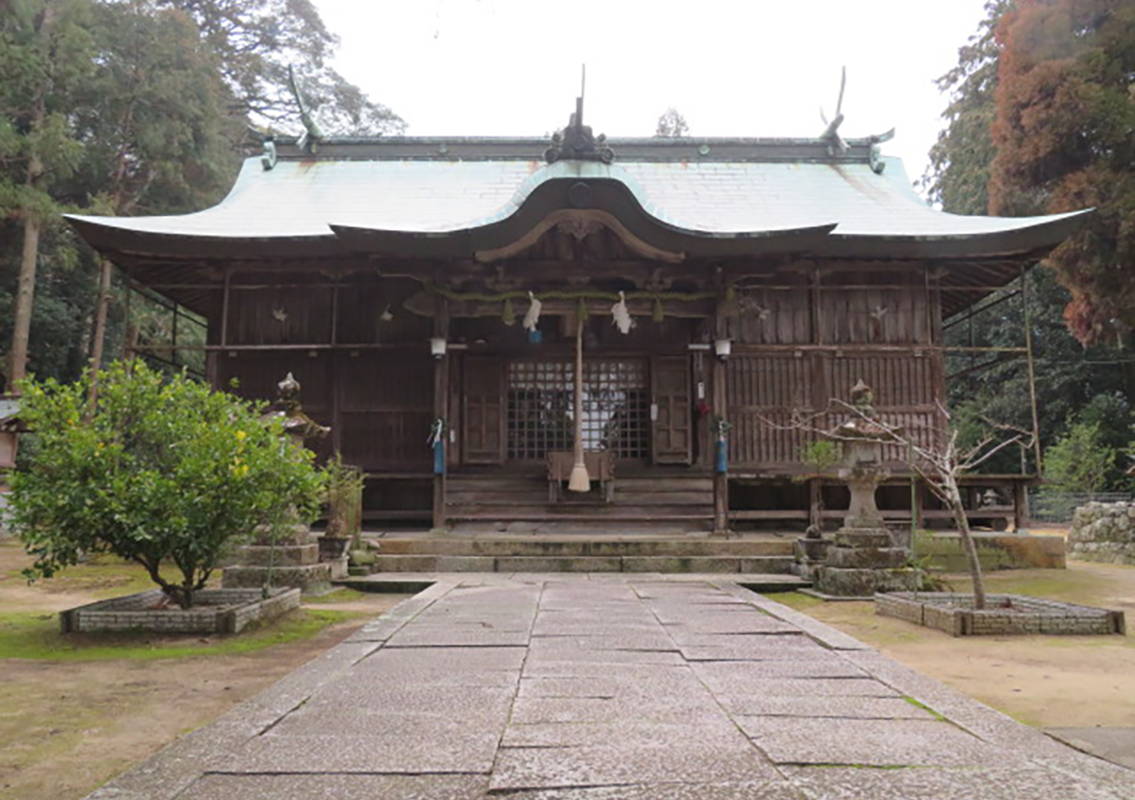 Mizushi Shrine (Minusijinja)
Mizushi Shrine (Minusijinja)This shrine is in the Engishiki (Register of shrines in Japan). It is located on the banks of the Yoda River, at the foot of the mountain near Ouchi Dam. All the main shrines in this complex are uniformly built in the Kasuga-zukuri style. It is said that both the Minamoto and Taira clans prayed for victory here during the battle at Yashima Dan-no-ura. Many stone tools from the Jomon period and earthenware from the Yayoi and Kofun periods have been discovered in the vicinity, and many cultural assets are kept in the Homotsuden (Treasure Hall). On the shrine grounds, stands a towering Inori cedar tree (a preserved tree by Kagawa) that is over 800 years old. In addition, the shrine is a natural habitat of many rare plants, including many ferns that grow together and has been designated as a nature conservation area by the Prefecture. This shrine complex is visible from above when walking along the embankment of Ouchi Dam.
-
5
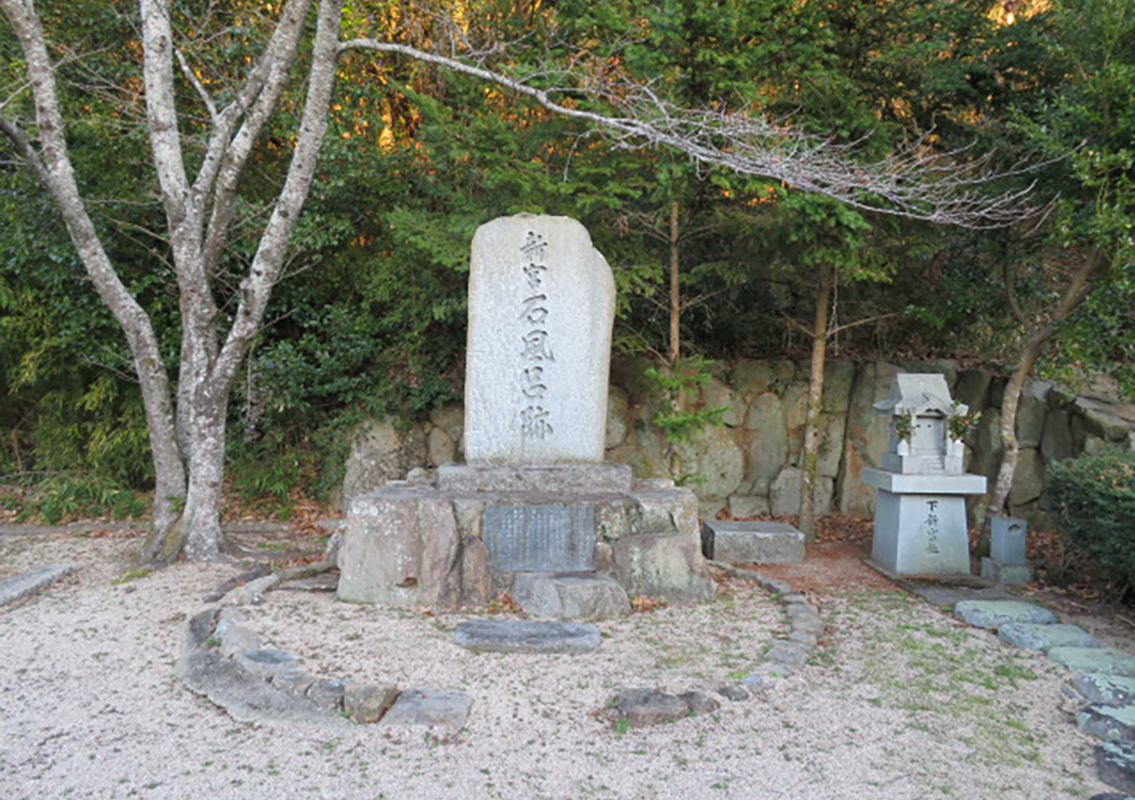 Ishiburo (Stone Sauna)
Ishiburo (Stone Sauna)This is a Japanese-style sauna. This recuperation facility was popular among the samurai and general populace during the Edo period. In the sauna, unseasoned wood such as pine was burned, seawater was poured on it, and then mats were spread out over it for people to sit on. Shingu, Hongu, and Nachi were the three Ishiburos (stone saunas) in Mizushi, but none of them remain today. The Shingu sauna located in Furotani was famous in particular. There were many inns around it, and it is said that successive generations of daimyos often visited there. The daimyos stayed in the Hiromi Temple nearby. This sauna is the same as the "Tsukahara no Karafuro" (currently open) at Gyogien in Sanuki City.



